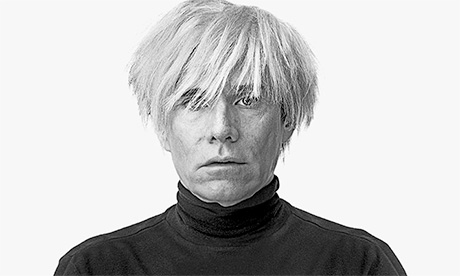On April 1, 1987, the most popular artists, actors, fashion designers, writers and musicians in America converged on St Patrick’s Cathedral in New York.
Liza Minnelli showed up, along with Calvin Klein, Tom Wolfe and George Plimpton.
Yoko Ono arrived a bit early; she was giving a speech.
One could have easily mistaken Andy Warhol’s memorial service for a society event rather than a religious one, were it not for the eulogy given by the artist’s friend John Richardson.
He spoke of Warhol’s “secret piety”, which “inevitably changes our perception of an artist who fooled the world into believing his only obsessions were money, fame and glamour, and that he was cool to the point of callousness. Never take Andy at face value.”
It is this secret piety that the Vatican Museums hope to uncover in their major exhibition of his work next year. Indeed, the Catholic faith is the only constant theme in his strange life.
Warhol’s parents were born in a village on the northern border of the Austro-Hungarian Empire.
They were Ruthenians: members of a small Byzantine Catholic Church that grew out of Cyril and Methodius’s mission to the Carpathian Mountains.
In 1909, his father moved to Pittsburgh, home of the largest Ruthenian community outside Europe.
His mother followed in 1921, and their son Andrew was born seven years later.
His father worked as a coal miner until he died when Warhol was 13.
In 1955, the shoe brand I. Miller hired Warhol to illustrate its advertisements in the New York Times.
Critics compared the results to Toulouse-Lautrec’s posters.
This drawing upon commercial themes in the pursuit of high culture came to define the Pop Art movement.
It also placed Warhol at the centre of the New York avant garde, and his studio (nicknamed “the Factory”) became its headquarters.
The contrast with his working-class, immigrant Catholic boyhood could not be starker.
All the hallmarks of the Sixties were there: drugs, sex, radical politics, more drugs.
Several of the Warhol Superstars – minor artists whose work he promoted – overdosed or committed suicide in their twenties or thirties.
Religion kept Warhol from going over the brink.
He attended Mass almost daily. Continue reading
- Vatican Museums and the Andy Warhol Museum are finalizing a dual exhibition of Warhol’s religious works in Rome and the artist’s native Pittsburgh, planned for 2019.
